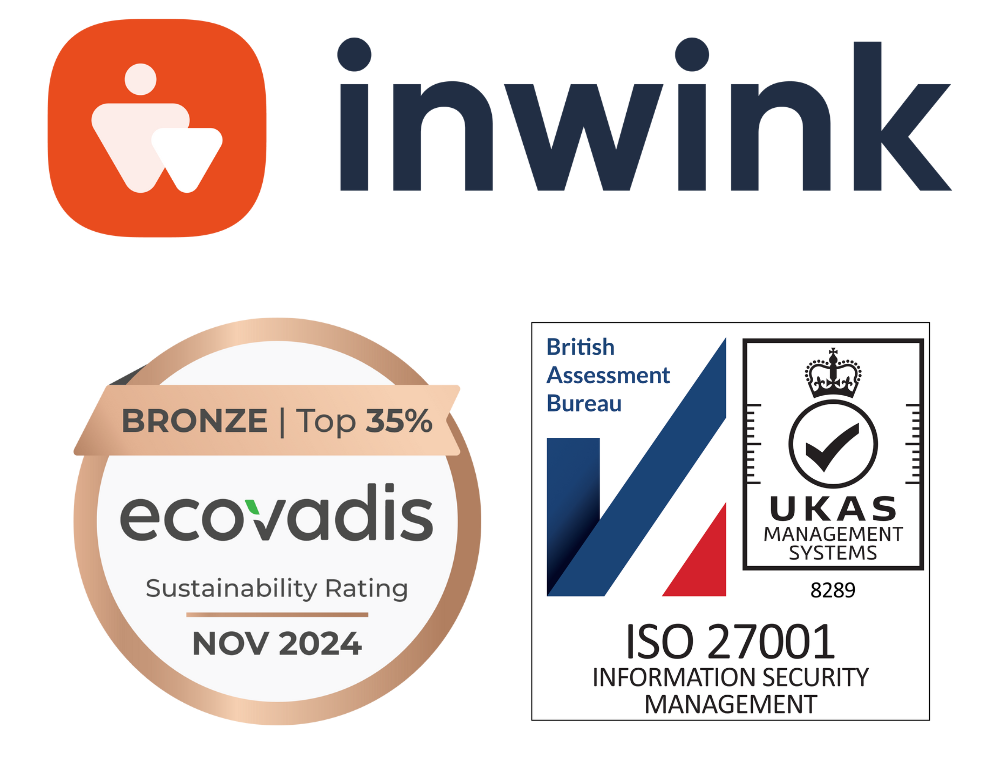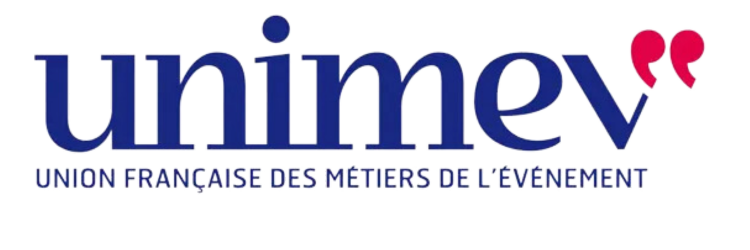B2B event participants don’t only come for the content program.
Most of the time, the content provided can be viewed online, before, during, or even after the event.
Often times, the main reason why participants make the effort to come to a BtoB event is the opportunity to meet with other professionals.
The objectives sought through professional meetings vary depending on the participants and the type of event: sharing experience with counterparts, looking for business opportunities, recruiting new collaborators, looking for new individual career opportunities, etc.
As for the partners, if they pay for a sponsoring package, what they most expect is the prospect of new business opportunities, which necessarily involves making contact with new people.
A BtoB event is above all a moment for professional meetings.
As an event organizer, you can choose to let the meetings happen by themselves during the event.
Or you can opt for a more voluntary approach and set up a strategy that will aim to encourage and facilitate meetings between participants, and even steer these meetings.
There are two ways to do this: free networking and controlled business meetings.
Networking is spontaneous when running an event!
Networking: meetings between participants, visitors, speakers, partners, exhibitors, organizers, etc. with the goal of developing professional or social contacts.
The driving force behind networking is above all to meet new people for professional reasons:
- I have heard of someone and I offer to meet them;
- I have a specific topic of interest and I am looking for people who could provide me with answers on this topic.
To make networking more dynamic, the organizer can take many different actions.
Matching algorithm
Provide attendees with a suggested list of participants to meet or chat with based on shared topics of interest.
Networking is based on the voluntary involvement of each participant of the event, which means making an explicit ”opt-in” and filling in their own profile information.
Once the participants networking profile is activated, they’ll be able to search for contacts, send messages, propose meetings during the event, etc.
When setting up the networking profile on the platform, the organizer must carefully choose the fields requested in the networking profile: interests, areas of expertise, searches or offers, etc. The definition of these fields both ensures the smooth running of the networking during the event, and allows to collect relevant data on participants.
The organizer will also have to fine-tune the matchmaking algorithm of the networking module in order to be able to offer attendees well-targeted lists of participants to meet who match their common interests.
When setting up the algorithm, the organizer can choose to favor certain specific categories of participants (for example their own sales force or those of partners) by giving them a greater weight in the algorithm.
In person app
Activate a networking module on their event platform, which will be made available to participants via a web app or an intuitive and efficient mobile app. This is recommended for in-person events.
Online networking tables
For online events, set up online networking tables for spontaneous videoconference conversations between participants, speakers, and partners. On these online tables:
- Participants can freely join “rooms”, from a dedicated page, where other participants are already chatting using audio and video
- Speakers can open a table that is reserved for them where they will be joined by participants who wish to ask questions after a session for example
- Partners can also host their own branded table to interact with participants
With this approach to online networking, participants can see each other (allowing them to have an event experience), and meetings are spontaneous and can take place at the precise moment the participant shows up.
Business meetings are planned in advance
Business meetings: meetings between individuals or companies who have been invited and agreed to participate in the program.
These meetings are business meetings between “buyers” (or “applicants”) and “suppliers” or (“offerors”) for commercial purposes.
The buyer is a company or an individual in a position to make a purchase decision. They usually agree to participate in a series of meetings in exchange for something: admission ticket, transportation, accommodation, etc.
The supplier is usually a company (typically a partner/sponsor of the event) who has an offer to make to buyers. The number of business meetings with buyers depends on the sponsor package.
As an organizer, you will rely on the Business Meetings module of your platform that is accessible to both parties through your event’s website.
The workflow to organize these meetings in general is as follows:
- Present the list of suppliers with their offers on the event website
- Select the buyers to invite
- Present each supplier with a list of buyers filtered by offer
- Suppliers select the buyers they wish to meet and send them meeting proposals
- Buyers accept or refuse the meeting proposals and choose the time slots
- Accepted meetings between buyers and suppliers are scheduled
These business meetings, if well prepared and executed, will be of great value to the partners and can be sold at great prices by the organizer.
From our experience, the key points that will ensure the success of business meetings are the following:
- Have an excellent Business Meetings module, and cleverly set it up
- Qualify the buyer participants, especially in their legitimacy to engage in a business discussion
- Set up business levers that encourage buyers to attend the agreed meetings
- Distribute appropriate meeting times and locations (online or offline, depending on your event format)
- Gather participants satisfaction at the end of the meetings
Watch out! Since business meetings have a commercial purpose, they aren’t always suitable for all types of BtoB events or for all audiences.
Play on both sides!
A BtoB event is not only a presentation of contents, but rather a place for professional meetings.
Whatever the business, the BtoB event organizer will choose to encourage and facilitate “spontaneous” networking between participants, partners, and speakers of your event. Depending on the event and audience, the organizer will decide whether or not to organize business meetings between buyers and suppliers.
In any case, the event organizer will have to rely on a powerful event platform that offers both a networking module and an efficient business meetings module.
Tag along to see how inwink can simplify your BtoB event organization!




